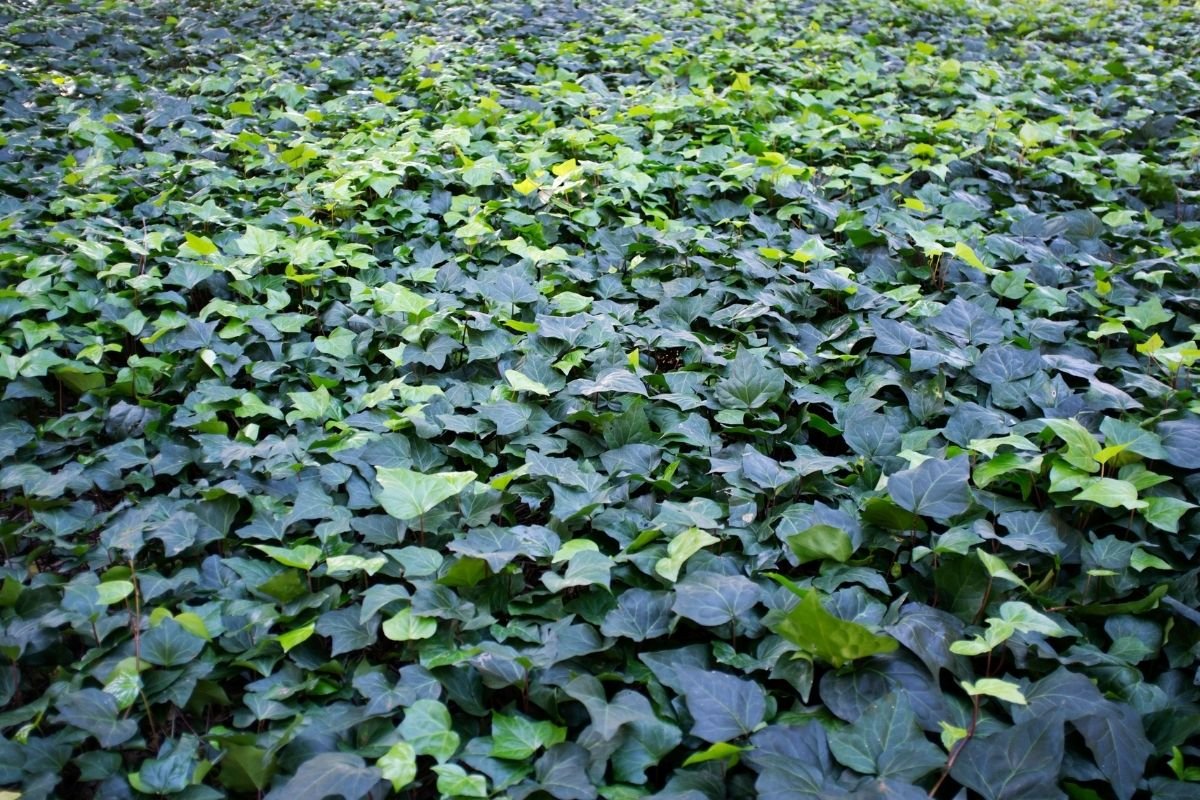When the smell of barbecue is wafting through the air, the sun is shining, and swingball has been set up in the yard, it can only mean one thing: summer is here. Kiwi summers are something special, for they occur right on the doorstep to the festive season, giving New Zealanders double the reason to smile.
But for some, trying to come up with ways to make the most of the sunshine is not all that easy. Many people use the dry conditions as an opportunity to catch up on lawn mowing and gardening, but that’s not exactly the most exciting use of your time!
Why not hire the experts to take care of those arduous yard-care tasks, and treat your family to some fun in the sun? Don’t let summer pass you by without doing at least some of the following.
Family barbecues
Nothing says summer quite like mum preparing side dishes in the kitchen, dad flipping meat on the grill, and the kids running riot in the back yard. Family barbecues are the epitome of a Kiwi summer, and there’s no better time than now to plan one.
Dust off your barbecue, give it some TLC, and head to the supermarket for sausages, bread, meat patties, salads, and the all-important tomato sauce. All that’s left to do now is invite all your nearest and dearest around.
Trips to the beach
We are blessed here in New Zealand to have access to a range of quality beaches up and down the country. Almost anyone in the country can be beach-side within a few hours, and that’s something we may take for granted.
Slip, slop, slap, and wrap, pack a lunch, and pre-warn the kids about not dragging sand all through the family vehicle. Don’t forget to swim between the flags and brush up on beach water safety.
Picnics
While you could stay cooped up inside binge-watching TV with the kids, why not get outside and experience nature? Pack some kai, grab a comfortable blanket, and pile into the car for a trip to one of the many great picnicking spots in the country.
Some excellent snack options include homemade bacon and egg pie, potato salad, a precooked chicken with coleslaw and bread from the supermarket, and a big bottle of juice or water to wash it all down.
Playgrounds and parks
Not every summer activity has to cost money. There are plenty of free playgrounds and parks in New Zealand that will delight children – and children at heart (if no one’s watching…). Whether you need a break from trimming the trees or tending to the hedges, you can pile the kids into the car, drive them to the park for an hour or more of sliding and swinging, then return home with thoroughly tired children in tow!
Water fights
As long as there are no water restrictions in place, which can be all too common in summer, why not challenge the kids to a water fight? Water fights in the backyard can be so much fun. You can use water slides, sprinklers, water guns, and the all-important water balloons. There’s possibly no better way to cool off at home than with a water fight that promotes a bit of healthy competition.
Swimming
Trips to the beach can be fun for everyone, but not all heads of the home like sand being dragged through their car or peeling seaweed off their skin. For those who fancy a dip without all the mess and fuss, think about the other options available. Most reasonable-sized towns and cities have public swimming pools, and there’s no shortage of watering holes, rivers, and lakes. Some people may also like to take advantage of summer bargains and invest in a swimming pool for use at home.
Backyard activities
Can you really call yourself a Kiwi if you haven’t run barefoot through the backyard, stepped on prickles, and cried to your parents when you lost a game of cricket? That’s what Kiwi summers are all about. Swingball, cricket sets, badminton, and rugby are all summer staples. Those with conservative-sized yards don’t have to miss out either, for there is always a nearby park or football field to accommodate your game of choice.
Let the summer fun begin!
The hedges, lawns, and gardens can wait. It’s time to treat your family and friends to an authentic Kiwi summer! Fire up the barbecue, head to the beach, take a dip in the pool, or beat your brothers at a game of swingball after a family picnic! There’s no better time than today to start planning for the warmer days that are undoubtedly ahead.

























































































































